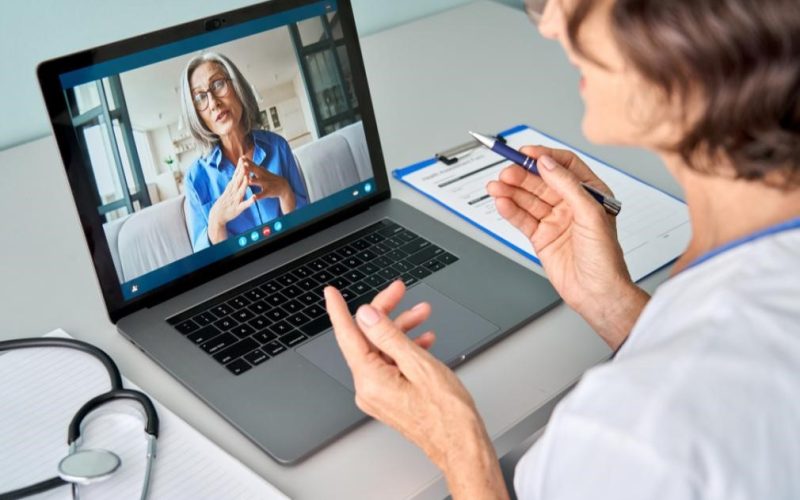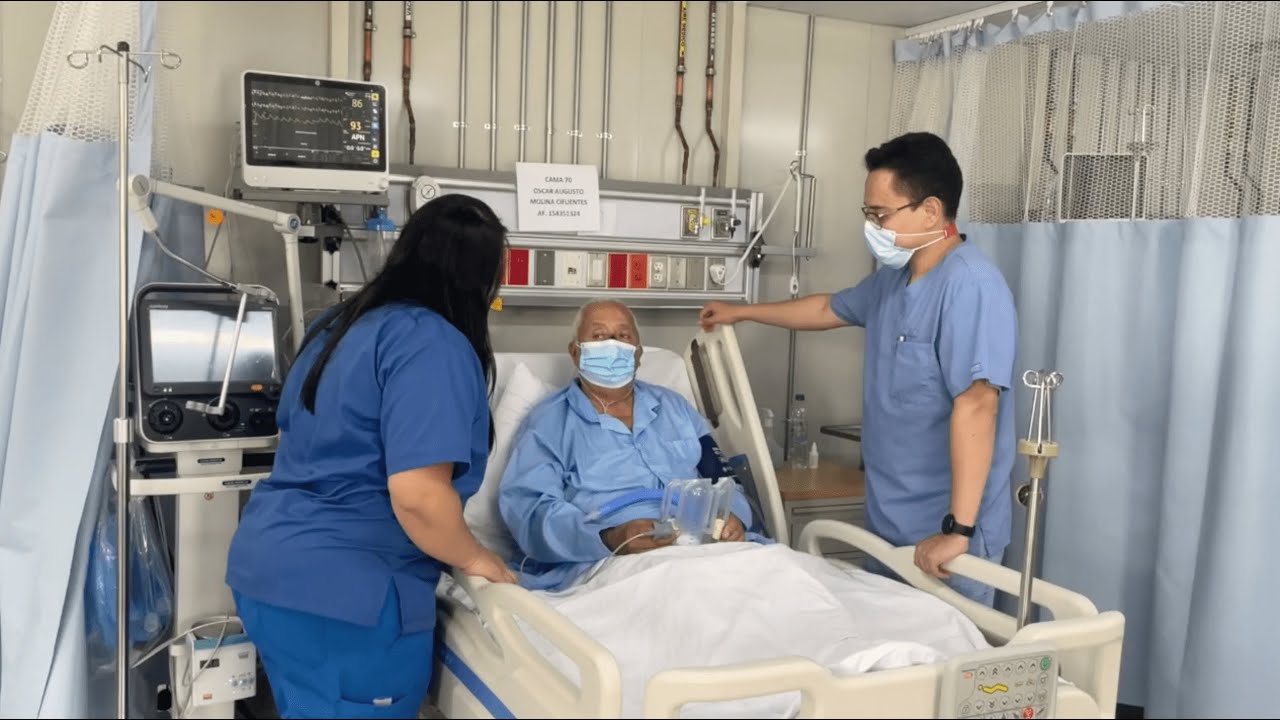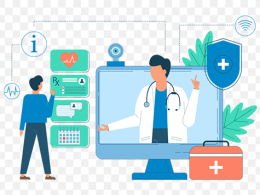The rapid advancement of technology has revolutionized many sectors, with healthcare being one of the most significantly impacted. Among the myriad of innovations, telehealth stands out as a transformative development, offering unprecedented access to medical services. In the realm of dermatology, telehealth is particularly promising for skin cancer detection, a critical area given the rising incidence rates globally. This article explores the intersection of telehealth and skin cancer detection, examining current practices, benefits, challenges, and future prospects.
Understanding Telehealth
Telehealth refers to the delivery of healthcare services through digital platforms, allowing patients to consult with healthcare providers remotely. This approach leverages various technologies, including video conferencing, mobile health apps, and remote monitoring tools. Telehealth has gained substantial traction, especially in the wake of the COVID-19 pandemic, which necessitated reduced physical interactions and encouraged remote healthcare solutions.
The Growing Concern of Skin Cancer
Skin cancer is one of the most common types of cancer worldwide, with millions of new cases diagnosed each year. It primarily includes melanoma, basal cell carcinoma, and squamous cell carcinoma. Early detection is crucial in managing skin cancer effectively, as it significantly increases the chances of successful treatment. Traditional skin cancer detection involves physical examinations and biopsies conducted by dermatologists. However, access to dermatologists can be limited, especially in rural or underserved areas, underscoring the potential of telehealth in bridging this gap.

Telehealth in Skin Cancer Detection
Telehealth offers a promising avenue for early skin cancer detection through teledermatology, a subset of telehealth focused on dermatological care. Teledermatology allows patients to consult with dermatologists remotely, using digital images and video consultations to assess skin lesions. This approach offers several advantages:
Increased Accessibility: Telehealth eliminates geographical barriers, providing patients in remote or underserved areas access to dermatological expertise. This is particularly beneficial in regions with a shortage of dermatologists.
Convenience: Patients can schedule consultations at their convenience, reducing the need for travel and wait times. This flexibility encourages more individuals to seek early evaluation of suspicious skin lesions.
Efficiency: Telehealth can streamline the diagnostic process. Dermatologists can quickly assess images and determine whether a lesion requires further investigation, such as a biopsy, or can be monitored over time.
Cost-Effectiveness: By reducing the need for in-person visits, telehealth can lower healthcare costs for both providers and patients. This is particularly relevant for routine check-ups and follow-up consultations.
Technological Tools Enhancing Teledermatology
The effectiveness of telehealth in skin cancer detection is significantly bolstered by technological advancements. Several tools and applications have been developed to enhance teledermatology:
Dermatoscopes: These handheld devices, often attached to smartphones, provide magnified images of skin lesions. They enable high-resolution imaging, crucial for accurate remote assessments.
Artificial Intelligence (AI): AI algorithms are increasingly being integrated into teledermatology platforms. These algorithms can analyze images of skin lesions, identifying patterns indicative of malignancy. AI can serve as a second opinion, assisting dermatologists in making more accurate diagnoses.
Mobile Applications: Numerous apps are available that allow users to take images of their skin lesions and receive preliminary assessments. While these apps are not a substitute for professional evaluations, they raise awareness and encourage users to seek timely medical advice.
Challenges in Telehealth for Skin Cancer Detection
Despite its potential, telehealth in skin cancer detection faces several challenges:
Image Quality: The accuracy of remote assessments heavily depends on the quality of images provided by patients. Poor lighting, inadequate resolution, or improper angles can hinder accurate diagnosis.
Privacy and Security: Handling sensitive patient data requires stringent privacy measures. Ensuring secure transmission and storage of medical images and patient information is paramount.
Regulatory and Reimbursement Issues: Telehealth services must navigate complex regulatory environments, which vary by region. Additionally, reimbursement policies for telehealth services can be inconsistent, affecting both providers and patients.
Technological Literacy: The effectiveness of telehealth relies on patients’ ability to use digital tools. Efforts must be made to educate and assist patients, particularly older individuals, in using telehealth platforms effectively.
The Future of Telehealth in Skin Cancer Detection
The future of telehealth in skin cancer detection is promising, with several trends likely to shape its evolution:
Integration with Wearable Technology: The development of wearable devices capable of monitoring skin changes in real-time could revolutionize early detection. These devices could alert users to new or changing lesions, prompting timely consultations.
Enhanced AI Capabilities: As AI technology advances, its role in teledermatology is expected to expand. More sophisticated algorithms could improve diagnostic accuracy, potentially surpassing human capabilities in certain aspects.
Expanded Access and Equity: Efforts to expand telehealth infrastructure and ensure equitable access will be crucial. This includes addressing disparities in internet access and technological resources across different populations.
Collaborative Care Models: Telehealth could facilitate more collaborative care models, where primary care physicians and dermatologists work together seamlessly. This could enhance continuity of care and improve patient outcomes.
Conclusion
Telehealth is poised to play a pivotal role in the future of skin cancer detection. By enhancing accessibility, convenience, and efficiency, teledermatology offers a viable solution to the growing challenge of skin cancer. However, realizing its full potential will require addressing existing challenges and embracing technological innovations. As telehealth continues to evolve, it holds the promise of transforming dermatological care, ultimately improving early detection and outcomes for skin cancer patients worldwide.










